CRN Interview: Dimension Data Americas CEO Mark Slaga

Dimension Data Exec Talks Shop
Eight months or so after his appointment as the new CEO of the Americas for $5.8 billion global solution provider powerhouse Dimension Data, Mark Slaga sat down with CRN editors to discuss the company's growth and its path toward doubling its revenue over the next five years. Here's what Slaga said about the company's growth, establishing itself as a stronger services player in markets around the world, and what investments it is looking to make next.
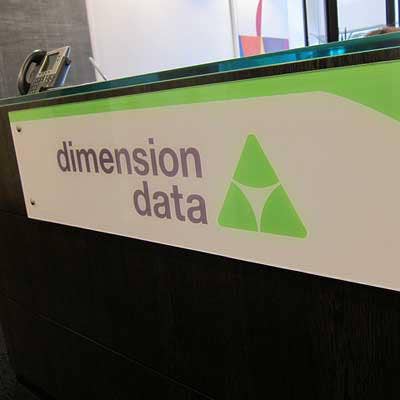
How is business for Dimension Data?
The exciting part is we will triple the business. The investment ... makes Dimension Data different. One is 23,000 employees globally in 58 countries. You add another 100 countries on top of that; we have prearranged partnership contracts service level agreements that we can extend from the 58 to 152 countries globally.
As a cloud services provider and system integrator, to be able to help clients all the way from figuring out what they should do in the cloud, what they should not to, to help them migrate to the cloud or extend on-premise as they do it today, and then be able to support and manage it with people to dispatch, that speak the local language, is amazing.

Are you seeing a lot of growth? How does NTT play into the growth?
As a parent company, it's been fantastic with NTT. They have come in and they've met every commitment that they've ever made to us during the acquisition process, and the investments are happening. [Dimension Data] acquiring OpSource a couple of years ago ... the acquisition of Xigo, a Telecom Expense Management company, and the acquisition of NextiraOne are all part of NTT's drive to really expand. Our three major markets we are really striving for on a global basis are the U.S., Europe and Japan. Japan for NTT is very strong and our business, compared to NTT, is relatively small, but that's where we're expanding to.

Is that sales growth in new areas, or building on the ones you already had?
We've got some really good client managers. We've added those, the people in the cloud and in the complex managed outsourcing services. Those are all big data center people. Now it's really just expanding that and putting our foot on the gas. It's outsourcing. It's IT as a service. It's op-ex model. It's us owning the assets. The piece that NTT brings is the balance sheet and being able to pull those assets. We can take client assets off their books if they want to, and then put it back as a service to them or in a new solution.

What sort of traction are you getting on the switch to services? What are the challenges there?
That business has doubled for us in the past year. Doubled. The outsourcing and complex managed services has doubled for us in the past year. We're big enough that we can execute globally, small enough to have flexibility in that complex managed services. It used to be that they wanted the outsourcer to be the service aggregator. They'd be this umbrella and they'd build their towers. Now we see a lot more the CIO wants to rely on somebody to do the services but a lot of the times we're seeing the client be an aggregator then pull in the towers underneath it. That's not all the time, but we see that.

How big of a breakthrough is that for Dimension Data?
I wouldn't call it a breakthrough. We've always done managed services, but now our clients are wanting to buy it as a service and start to use it, financial modeling and just the traction as we have invested in the selling teams.
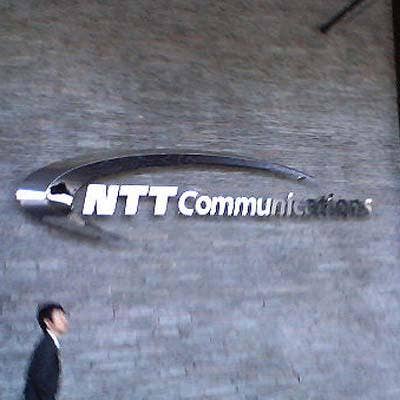
Is NTT driving a lot of that shift, or is Dimension Data pushing it forward?
We do collaborate with NTT on accounts. We do have a lot of situations where we'll work with clients together. If you look at the NTT family, you've got NTT Communications, which is the MPLS, the telecom, the data centers, and the whole physical infrastructure on the carrier side. You've got NTT Data, which is really on the top. That's got Oracle, SAP, and custom maps, with Dimension Data as a systems integrator.
We've got a lot of clients who are bringing together all three parts of the family. That's actually been a part of our success as well. That's a piece of this.

Where's the most amount of demand coming from as you push to double revenue?
It's when we can combine infrastructure solutions and give [clients] the option, the contract to cloud-based, premise-based. That could be for communications; it could be for servers; it could be for storage. The way we construct the relationships is that they obviously get cost benefits by moving to the cloud. It's really the ability for us to work with them to transform at the speed they want, which means they aren't going move everything to the cloud overnight. For us to manage end to end in a market-leading way, I would say we have to have the traditional premise-based capabilities to plan, build and run, but also a market-leading cloud-based platform that's recognized as well.

What's the mood with the customer right now in terms of owning vs. letting you own?
It really depends on the client and where they are. Clients want to spend most of the discussion talking about how they can innovate IT as opposed to how it runs. They want to speak around what am I doing as a CIO, what am I doing to help enable the business? What they're looking to spend more time on is how do they use technology to enable their sales forces, their account teams, their project managers. That's what they want to talk about.

What vendors are usually the ones incorporated when talking about moving to the cloud? Do clients care?
It's a mix of vendors underneath. I would say it's best-of-breed hardware and software that we use our intellectual property to tie it all together, the orchestration, the provisioning, we tie that together. That's cloud control. That's our secret sauce.
Sometimes you'll get asked what's under the covers, and we've never had an issue when we do share. It's not an off-brand or a no-name box, it's a brand name that they would be comfortable with and as a company that we partner with.

Do you find that you are talking less and less about the technology brand at all and more about the Dimension Data brand?
It depends on the level of person you're talking to. The more technical, they want to know and understand. They just want to feel more comfortable. It's human nature -- I just want to know how this thing works together, so you go through and share with them. The more senior the person is, it's less about the hardware. I started my career in technical, and you want to know how things go that you can tell your boss that this is fine, this is good. It's really a balance.
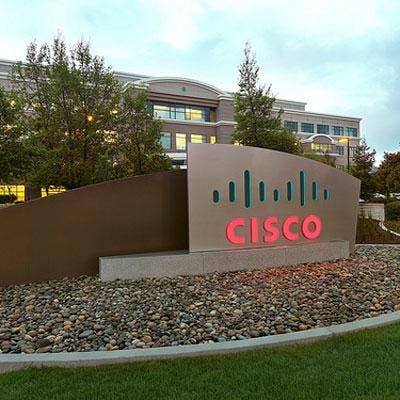
How important is the Dimension Data brand vs. vendors when marketing services that you are doing?
The Dimension Data brand is continuing to just grow in awareness and presence. It is important. I think we've got a really good story to tell there. But we've got some great partners that we work with and that we go to market with as well. Cisco is one of those. It's a good ecosystem for us and we work together well and we strengthen each other. I think for us it's important to have our own identity but also with the ecosystem. When we work together, we can do more.
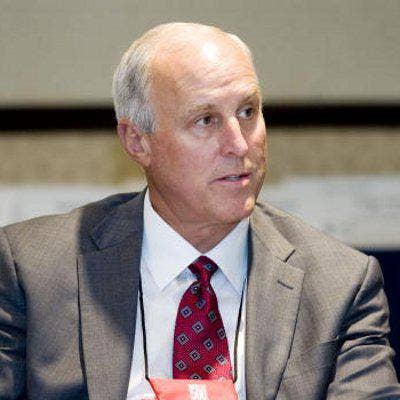
Is there anything since becoming CEO that you're looking in particular to change going forward?
I would say the foundation of what Dimension Data has always been about really comes from Brett Dawson, our CEO, and comes down through Jere [Brown] (pictured) and now me. But it's people. Really no change in emphasis on that; that's really what makes us different. Our people and their skills and where they are and how many different places they're in to be able to do it.
I think the other element as part of our purpose is really to make a difference with our clients, our fellow employees and our communities that we work in. The whole point of making a difference is an important addition and that's something that globally we're doing. I would say those are the major ones.

What about investments? What areas is Dimension Data looking to invest in?
Investment to grow is a big shift, and it has nothing to do with Jere leaving [as CEO]. He built a great foundation for us. The timing is just good that now is the time to invest in the really major markets. Over the last 10 years we've been investing a lot in the emerging markets; we've been growing. If you think about most major clients, where they are getting their growth, it's in emerging markets. They're growing in the emerging markets, which we've been over the last few years investing and growing in. The timing was good for us. Now, let's build up to scale in the large markets, which is a great project for the Americas.

What's the thing that you're really challenged by right now?
I would say it's probably just making sure we're finding the right people. With this amount of growth, globally we've grown 3,000, here we'll grow. It's just finding the people. That's what makes us different, finding the right people is always big. We've had very good experiences; I think part of Dimension Data's brand growing has helped us there.
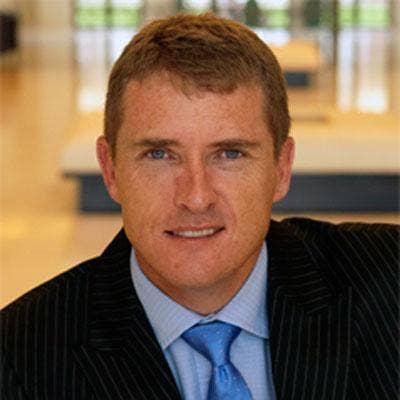
What's the culture like there, especially given that you are such a big global brand? Is the U.S. entity a different animal than the rest?
I would say the culture is client-centric. There's a maniacal focus on keeping the client at the center. I would say, too, it's very down to earth. So, whether you're [global CEO] Brett Dawson [pictured] or [me] or an engineer, I think there's the ability to walk up and talk to somebody. Brett comes to the U.S. and he probably knows 200 names of employees. That's the kind of guy he is. That's the kind of company I think we are, and I think that's what the culture globally is really about. It's not a lot of politics, it's about getting things done, really focused on the client.